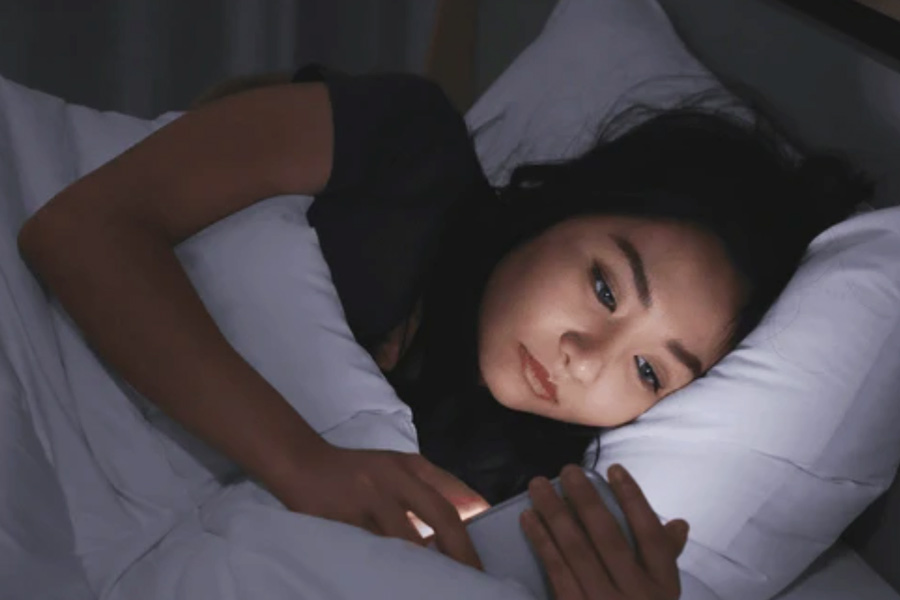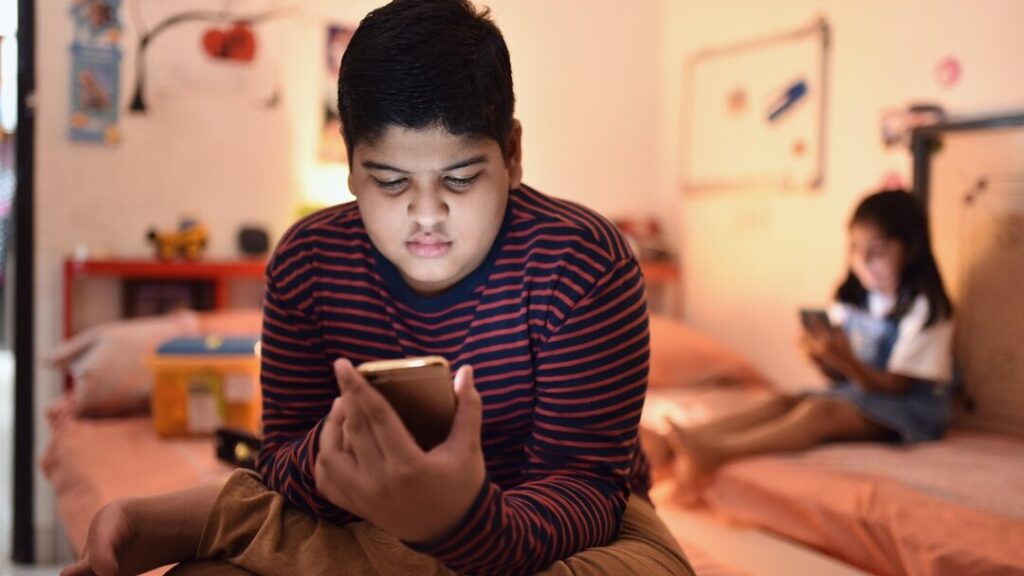Short, addictive, and endlessly scrollable — Instagram Reels, YouTube Shorts, and similar bite-sized videos have taken over our screens. But health experts are warning that this non-stop digital entertainment could be silently harming our eyes, especially among children and teenagers.
The Rise of ‘Reel-Induced Eye Damage’
Healthcare specialists are now using a new term — “reel-induced eye damage” — to describe the growing cases of eye strain, blurred vision, dryness, and headaches caused by prolonged exposure to short-form video content.
These ultra-fast videos demand constant focus, causing the eyes to make rapid adjustments — something they were never designed to do for long hours.
“Children’s eyes are still developing. Continuous screen exposure disrupts their natural focusing ability and increases the risk of myopia,” explains Dr. Nitesh Kumar, an ophthalmologist at AIIMS, New Delhi.
Kids at the Highest Risk
Doctors report a sharp rise in complaints from children as young as 8 to 12 years, who spend hours scrolling through Reels and YouTube Shorts. Many are showing early signs of digital eye strain — a condition once found only in adults working on computers.
A recent study by the Indian Vision Institute found that over 68% of children in urban areas use mobile screens for more than 4 hours daily, often without breaks.
“Parents often hand over the phone to keep kids busy, but this convenience is coming at the cost of their vision,” says Dr. Aparna Sethi, a Delhi-based eye specialist.

The Hidden Consequences of Short Videos
Beyond eyesight, short-form content affects mental focus and sleep quality. The blue light emitted from phones and the rapid dopamine triggers from quick entertainment overstimulate the brain, making it harder for users—especially children—to concentrate or sleep properly.
“The human eye is not designed for endless close-up screen use. Add poor lighting and excessive time, and we’re creating a generation at risk of chronic eye disorders,” warns Dr. Sethi.
Experts Recommend: Follow the 20-20-20 Rule
Doctors suggest following the 20-20-20 rule: every 20 minutes of screen time, look 20 feet away for 20 seconds.
Simple lifestyle habits—like limiting screen time, using anti-glare glasses, and encouraging outdoor play—can go a long way in preventing permanent eye damage.
Reels may be fun, but they come with an unseen cost — your vision. As experts urge digital mindfulness, one thing is clear: it’s time to scroll less and see more.


